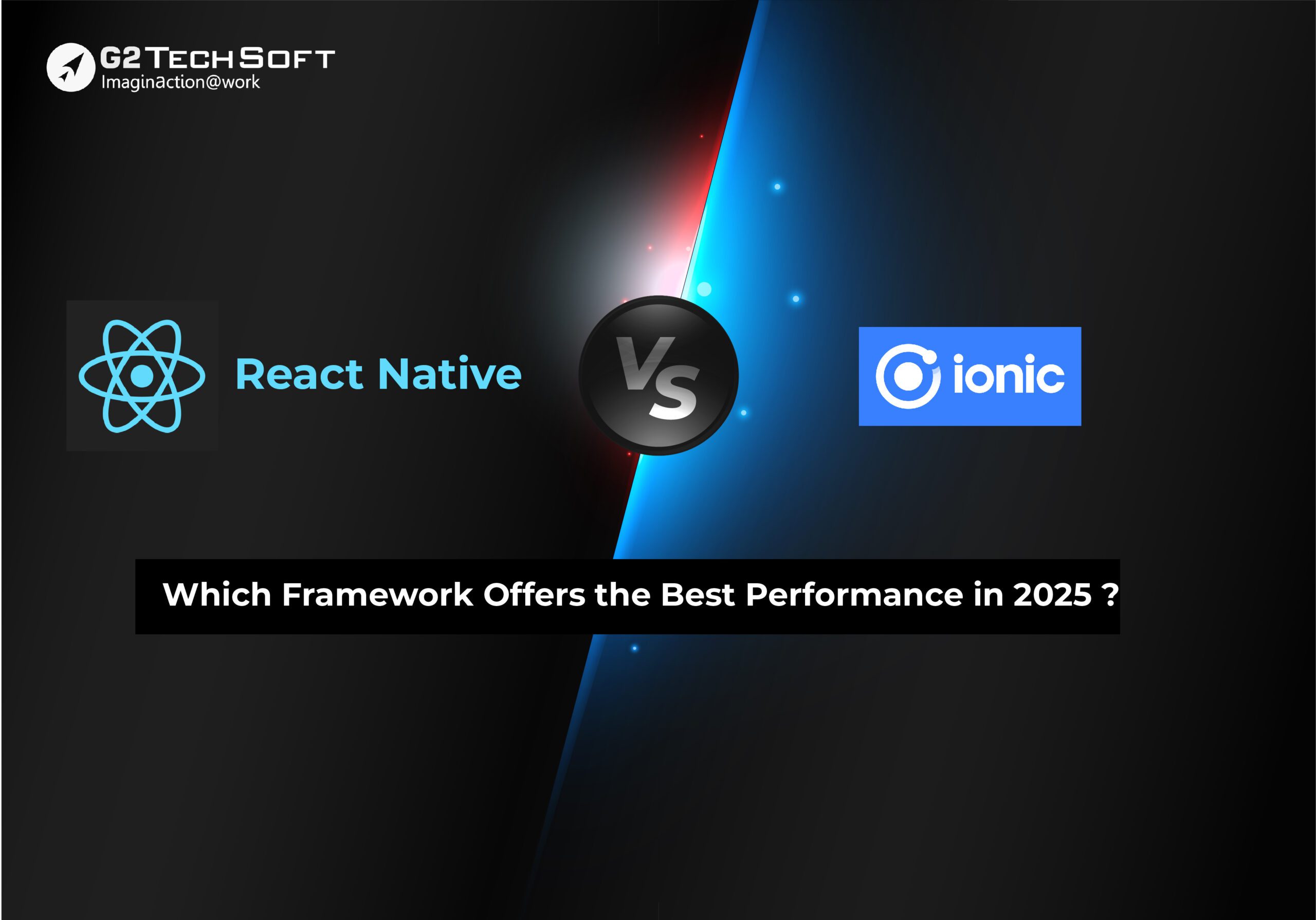
Tailwind Or Bootstrap? Find The Perfect CSS Framework For Your Project!
In the realm of web development, Tailwind CSS and Bootstrap emerge as two of the most widely utilized frameworks, each offering unique methodologies for crafting responsive and visually appealing user interfaces. Bootstrap is renowned for its comprehensive set of pre-designed components and a robust grid system, enabling developers to quickly assemble layouts with minimal effort.
In contrast, Tailwind CSS adopts a utility-first approach, allowing for granular control over design by providing a distinct variety of utility classes that can be directly applied to HTML elements.
This blog aims to provide an in-depth comparison of these frameworks, guiding developers in determining which one aligns best with their project requirements, whether they prioritize rapid prototyping or extensive customization.
Bootstrap vs. Tailwind: Which Is Easier To Learn And Use?
Bootstrap:
Bootstrap takes a more traditional approach to web development, providing a pre-defined grid system and a comprehensive set of pre-designed components. This makes it effortless for beginners to get started, as they can quickly implement common UI elements like forms, buttons, and navigation bars without needing to write extensive custom CSS.
The grid system in Bootstrap shall simplify the process of constructing responsive layouts. By using predefined classes like rows and columns, developers can easily structure their content and ensure it adapts to distinct screen sizes. This structured approach helps beginners understand the fundamentals of responsive web design.
Furthermore, Bootstrap’s extensive documentation and large community make it a beginner-friendly option. Developers can find numerous examples, tutorials, and support resources to help them learn and troubleshoot issues.
Tailwind:
On the other hand, Tailwind CSS employs a utility-first approach. Instead of providing pre-designed components, Tailwind offers a set of low-level utility classes that can be combined to create custom designs. This approach can be more flexible and allow for greater creativity, but it also comes with a steeper learning curve, especially for developers who are new to CSS frameworks.
Tailwind demands more configuration and customization compared to Bootstrap. Developers need to familiarize themselves with the available utility classes and how to combine them effectively to achieve the desired design. This process can be more time-consuming and may seem overwhelming for beginners who are used to working with pre-built components.
However, once developers grasp the utility-first concept, Tailwind can be a powerful tool for creating unique and responsive designs. The ability to fine-tune every aspect of the UI directly in the HTML can lead to faster prototyping and a more streamlined development process.
Customization And Flexibility In Bootstrap And Tailwind:
Bootstrap:
Bootstrap is well-known for its extensive collection of pre-designed components, such as buttons, forms, and navigation bars, which facilitate rapid development. These components are user-friendly and can be easily customized through built-in classes, allowing developers to quickly create consistent user interfaces.
However, achieving deeper customization often requires overriding Bootstrap’s default styles, which can become cumbersome for more intricate projects. This necessity to write additional CSS can lead to conflicts and increased maintenance efforts, making Bootstrap less ideal for projects that demand a unique aesthetic.
Tailwind CSS:
In contrast, Tailwind CSS offers exceptional flexibility through its utility-first approach. Rather than providing pre-designed components, Tailwind supplies a wide range of utility classes that developers can combine directly in their HTML to create custom designs. This methodology permits greater creative freedom, allowing ideal aesthetics without extensive custom CSS.
By applying styles directly to elements, developers can quickly iterate on designs and maintain consistency throughout the project. Tailwind’s approach empowers developers to efficiently craft tailored designs, making it a valuable choice for projects that require a distinctive look and feel.
Boosting Performance: How File Size Impacts Your Project
Bootstrap:
Bootstrap offers a comprehensive set of pre-built components that facilitate rapid development, permitting developers to quickly create visually appealing interfaces. However, this extensive library can lead to larger file sizes, which may affect performance, particularly on slower connections or devices.
While developers can create custom builds to include only the necessary components and reduce bloat, this requires additional configuration and may not always be feasible for performance-sensitive projects.
Tailwind CSS:
In contrast, Tailwind CSS emphasizes performance by including only the utility classes that are used in the final build. This results in significantly smaller file sizes, enhancing load times, especially for larger or more complex projects.
By minimizing unused CSS, Tailwind ensures a more efficient development experience. Although Tailwind’s utility-first approach may present a learning curve for some, it ultimately allows for greater customization and streamlined performance, making it a powerful choice for developers focused on creating unique web experiences.
Bootstrap’s Legacy vs. Tailwind’s Rapid Growth
Bootstrap:
Bootstrap boasts a vast and established community, supported by a mature ecosystem that offers a wealth of plugins, themes, and templates. This extensive network makes it easy for developers to find resources, seek assistance, and seamlessly integrate third-party tools into their projects.
With countless tutorials, forums, and documentation available, Bootstrap users can quickly access the information they need, enhancing their development experience and reducing the time spent troubleshooting issues.
Tailwind:
Although Tailwind’s community is smaller compared to Bootstrap’s, it is experiencing rapid growth and gaining momentum. The ecosystem surrounding Tailwind is expanding with innovative tools such as Tailwind UI, which provides a collection of pre-designed components that can be easily implemented into projects. Additionally, Tailwind offers integrations with prominent frameworks like React and Vue, further broadening its appeal.
As Tailwind’s popularity continues to rise, it is supporting a vibrant community that contributes to a rich array of resources, including tutorials, plugins, and best practices. This burgeoning ecosystem is making Tailwind an increasingly attractive option for developers looking for modern design solutions.
Final Verdict: Which CSS Framework Is Right For Your Project?
When deciding between Bootstrap and Tailwind CSS, it’s essential to consider the strengths and weaknesses of each framework to determine which best suits your project needs.
Bootstrap:
Strengths:
- Comprehensive Component Library: Bootstrap offers a distinct array of pre-designed components, making it effortless to construct visually appealing interfaces quickly. This feature is particularly advantageous for rapid prototyping and projects with tight deadlines.
- User-Friendly for Beginners: Its structured approach and clear documentation make Bootstrap accessible for developers who may not have extensive experience with CSS frameworks.
- Established Ecosystem: With a large community and numerous plugins, themes, and templates available, developers can easily find resources and support.
Weaknesses:
- Limited Customization: While Bootstrap provides a solid foundation, achieving deep customization often requires overriding default styles, which can be cumbersome for more complex projects.
- Larger File Sizes: The comprehensive nature of Bootstrap can lead to larger file sizes, potentially impacting performance unless custom builds are created to exclude unused components.
Tailwind CSS:
Strengths:
- Flexibility and Customization: Tailwind’s utility-first approach permits developers to construct highly customized designs with granular control over styling, making it ideal for projects that require a unique look and feel.
- Performance Optimization: By including only the classes used in the final build, Tailwind results in smaller CSS file sizes, which can enhance load times, especially for larger or more complex applications.
- Rapid Development Once Mastered: Although Tailwind has a steeper learning curve initially, once developers become familiar with the utility classes, they can prototype and iterate designs quickly.
Weaknesses:
- Learning Curve: The utility-first methodology can be challenging for those accustomed to traditional CSS frameworks, requiring a commitment to learning and adapting to a new way of styling.
- Verbose HTML: Tailwind’s approach can lead to more cluttered HTML, as styles are applied directly through utility classes, which may affect readability.
Conclusion:
Finally, the choice between Tailwind CSS and Bootstrap relies on your particular development timeline, project requirements, and design preferences. If you need a straightforward, out-of-the-box solution with a robust set of pre-designed components, Bootstrap is an excellent choice.
Conversely, if you seek flexibility and are willing to invest time in mastering a utility-first approach, Tailwind CSS may be the better option. Carefully consider what aspects are most important for your project to make an informed decision that aligns with your goals.




